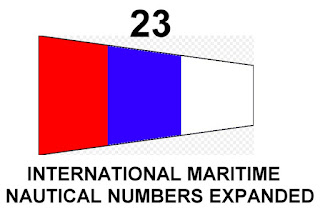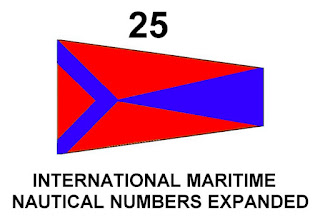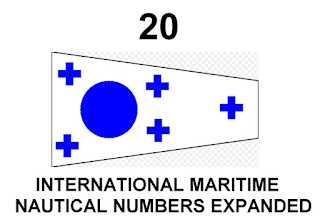Guest Blogger Today!by Max Miller
When we see the flag, we are reminded of our country's abiding promise of freedom and liberty. We see the American flag in public places - on the flagpoles of schools and libraries - and those are great places for their prominence. Some of us have a holder on our front porches in which we display the flag on special occasions, such as
Flag Day, the Fourth of July, and every four years on
Election Day. The problem is that the flag is not always displayed in a manner that best expresses that freedom through imaginative new demonstrations.
There are more ways to exhibit pride in our country through the
American flag than just the usual displays. The following are five unusual new ways to consider using the flag to demonstrate pride:
1. Create a prominence for the flag in your front yardWhy limit the visibility of the flag to your front porch when your whole neighborhood can see it on any given day? Building or purchasing a pole for your front yard is not as expensive or as time consuming as one would think. It can also be ringed by cement or a grouping of stones that you can purchase from your local hardware store. Get the flag up higher and you can even purchase a larger flag to express your neighborhood's patriotism.
2. One word - buntingWhen we think of
bunting, we think of the World Series. That is because the World Series is one of the few traditions left for bunting. Did you know that bunting was once the most frequent use of the flag in this country? Homes with large porches used bunting to cover the faces of the porch, and this included the homes of Presidents. Bunting is a way to decorate the exterior faces of your home without soiling or improperly using the traditional flag.
3. Indoor displayWhy limit the flag to outdoor use? The flag can be on display in your home with dignity and respect. We sometimes put sports memorabilia and art in places of distinction; why not the American flag? The flag can be on display on your wall, as long as it is not pinned or stuck to the face of the wall. Using nice mounted clips is one idea for allowing the flag to hang freely without sticking to the wall. If you have a high ceiling, the flag may also hang from a holder in the beams above doorways or exposed areas.
4. Take the flag with youYou can display the flag from the open bed of a truck as long as it is securely fastened to a pole and not making contact with the truck. The flag will then flap in the breeze as you drive to your destination. Just ensure that you don't drive so fast that it would become detached and fall to the ground.
5. More is better
Why limit yourself to just one flag? There are no limits to the amount of flags, large or small, that you can put on display. A number of smaller flags, placed equidistantly along the walkway to your door for instance, would prominently display your pride in your country.
Don't limit the American flag to ordinary uses; use your imagination to craft dynamic, new, and prominent displays for the symbol of our liberty. Always follow flag etiquette and never allow the flag to be soiled. It should always be displayed in a manner that demonstrates respect.
---------------------------------------------
Max Miller is an associate with All Star Flags. Interested in buying some flags? Visit All Star Flags here at http://www.allstarflags.com/








 Can you see the six dots and two halves in the this flag that reflect two and six?
Can you see the six dots and two halves in the this flag that reflect two and six? This is based upon NATO's flag for seven but with a Canadian accent, or rather Peruvian. Many nations get accidental representation in the official ICS flag chart which includes Japan, France, Denmark, England, Ukraine, Finland, Scotland, Costa Rica, Poland, Indonesia, Monaco, Honduras, Nicaragua, and El Salvador. It's only appropriate since Canada is the proverbial 'life-coast guard' of Earth. Canada like the Coast Guard is strong, intelligent, talented, peaceful, mostly friendly, official, and very very helpful.
This is based upon NATO's flag for seven but with a Canadian accent, or rather Peruvian. Many nations get accidental representation in the official ICS flag chart which includes Japan, France, Denmark, England, Ukraine, Finland, Scotland, Costa Rica, Poland, Indonesia, Monaco, Honduras, Nicaragua, and El Salvador. It's only appropriate since Canada is the proverbial 'life-coast guard' of Earth. Canada like the Coast Guard is strong, intelligent, talented, peaceful, mostly friendly, official, and very very helpful. This is based upon the ICS number two flag but is made up of eight parts: a yellow sun, three yellow stripes, three blue trapezoids, and large blue trapezoid holding the sun.
This is based upon the ICS number two flag but is made up of eight parts: a yellow sun, three yellow stripes, three blue trapezoids, and large blue trapezoid holding the sun.  Since crosses appear so many times its only fair that some other spiritual symbols appear as well in this case a crescent moon and six pointed star.
Since crosses appear so many times its only fair that some other spiritual symbols appear as well in this case a crescent moon and six pointed star.


















